Why on earth is CVP writing about building with hemp?
No, I’m not high and I haven’t lost my mind. I’m writing about hemp because it makes a lot of sense for survivalists to consider hemp as both a crop and a building material. You don’t build with hemp by itself but mixed into hempcrete.
Hempcrete = Hemp + Lime Binder + Water
- Strong, Breathable, Lightweight
- Flame, Water & Pest Resistant
- Energy-efficient Insulation
- Non-toxic
- Hempcrete Provides Better Ballistic Cover Than Wood Framing
To build a hempcrete structure, you build a frame, (which like the skeleton), fill it with hempcrete (like the body) and then finish it with lime plaster (like the skin.) Hempcrete homes don’t need vapor barriers or gypsum and don’t use any plastics in the walls. This is important because scientists are discovering that plastics are harming the environment in ways that we never imagined, and this will likely one day result in a reduction in amount of plastics that we use. Hempcrete is not a structural material but is does support its own weight. It has an R value of 2.1 per inch. Hempcrete can also be preformed and dried into blocks or bricks. In this form, hempcrete can be integrated with other building materials.
Choice of building materials has a lot to do with which houses are reduced to rubble in disasters and which homes are still standing when the dust settles. As a building material, the resilience of concrete is unsurpassed. I have had the privilege of examining Roman archaeological sites in Europe and I marveled at the fact that some concrete and concrete and masonry structures were still standing 2000 years after they were built. In fact, at a Portuguese site called Conimbriga, archaeologists hooked up a pump to elaborate ancient fountains and found that they still worked! In historical sites in the desert southwest, I have seen ferrous metal objects in the ground for only 100 years rusted so thoroughly that their only trace was a rust-colored soil in outline of the object, so I know metal pipes break down very quickly once maintenance ends and they are subject to moisture and other natural forces. But the Romans made the pipes at Conimbriga from clay and they stood the test of time.
I was impressed by both Roman concrete and Roman passive solar building design. Romans law prohibited builders from blocking a neighbor’s sunlight and prescribed the length of eaves of houses by latitude so that walls were shaded from the hot summer sun and received full sunlight in winter to store heat in the thermal mass of concrete buildings. We like to think that we’re so cleaver nowadays but take a peek out the window and you’ll see that this simple passive solar design trick is overlooked by many modern architects. This got me thinking about what kind of home I’d like to build someday. One day, I’d like to build a home that that will last much longer than the 40-80 years that the average wood-framed home lasts. I’d also like to ensure that it will survive any natural disasters that befall it.
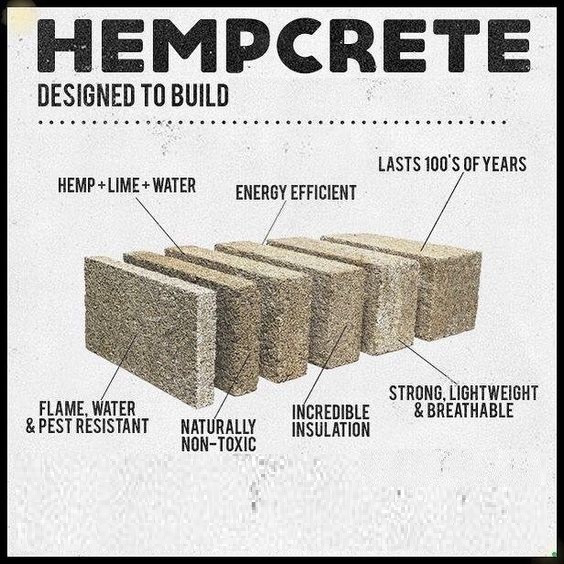
Hempcrete can be used in conjunction with concrete and concrete masonry. It has advantages over standard concrete in some applications because is both a great insulator and lightweight. This means it can be used to add insulation to concrete home and can be used where concrete would be too heavy. As a survivalist, I also like the fact that buildings of both concrete and hempcrete are hard to burn down.
Hemp is a very multi-use crop and the USA is the only industrialized nation that doesn’t produce it. It’s survival-related uses are many:
- Food – Hulled hemp seeds are called hemp hearts and are technically nuts. Hemp hearts are amazingly nutritious. Hemp oil is also used in cooking.
- Fuel – Hemp also produces renewable energy in the form of hemp oil.
- Building Material – Hemp can make hempcrete (a cement-like material with a high insulation value), hemp MDF, roofing tiles, lightweight cement and wallboard.
- Cordage – Hemp fibers have long been used to produce rope and twine.
- Cloth – Hemp fibers are also woven into hemp cloth which is used to produce clothing.
- Oil – Hemp oil is used in cooking and to make varnish, lubricant, soap and skin care products.
Hemp roofing tiles are non-toxic so they could be used to tile a roof designed to catch rainwater without making it toxic. With a first-flush diverter and a non-toxic roof, rainwater could be captured and used to water the garden or treated for washing or even drinking.
So, why don’t we see more people building with hemp? Many people around the world do use Hemp as a building material, but unfortunately, US legislators lumped hemp together with marijuana even though hemp isn’t used to make drugs. While both plants are of the genus cannabis, hemp and marijuana are two very different crops with very different properties. Unfortunately, these high taxes currently increase the costs of hemp-based building materials in the USA, but if those taxes are lifted, hemp could quickly become an important crop in the US again. In protracted emergency, hemp would no doubt re-emerge as an important crop because it so versatile.
The federal government wasn’t always anti-hemp. In fact, George Washington grew hemp. Thomas Jefferson touted the growing of hemp over tobacco as a cash crop. In their day, hemp was such a valuable commodity that citizens could pay their taxes in hemp. Hopefully, legislators will rectify their error and the USA can join the rest of the world in producing this important crop again and survivalists can begin taking advantage of the unique properties of this versatile building material.


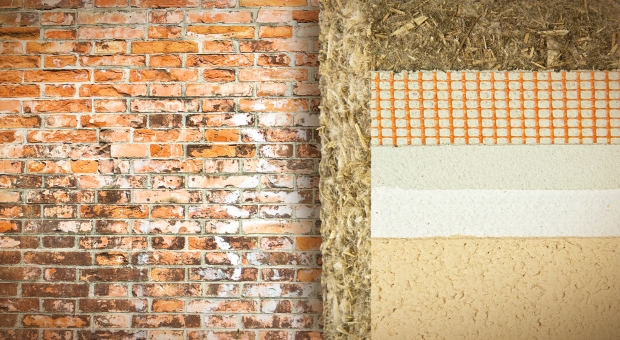


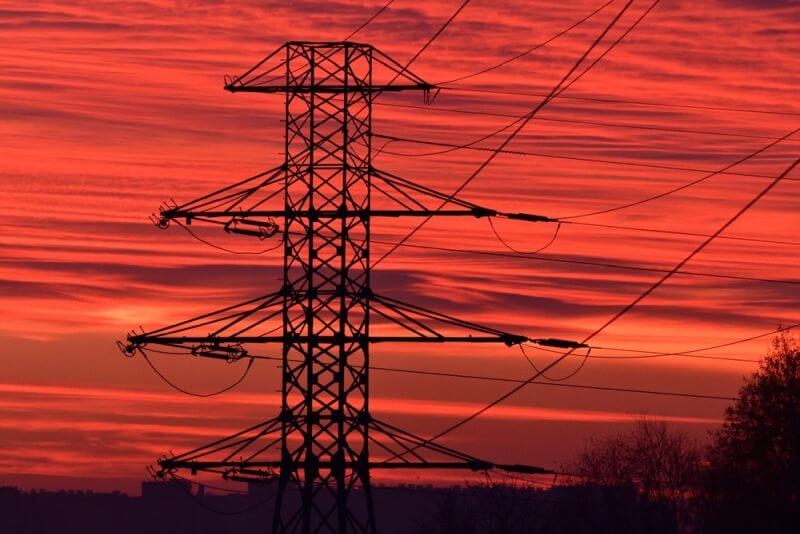
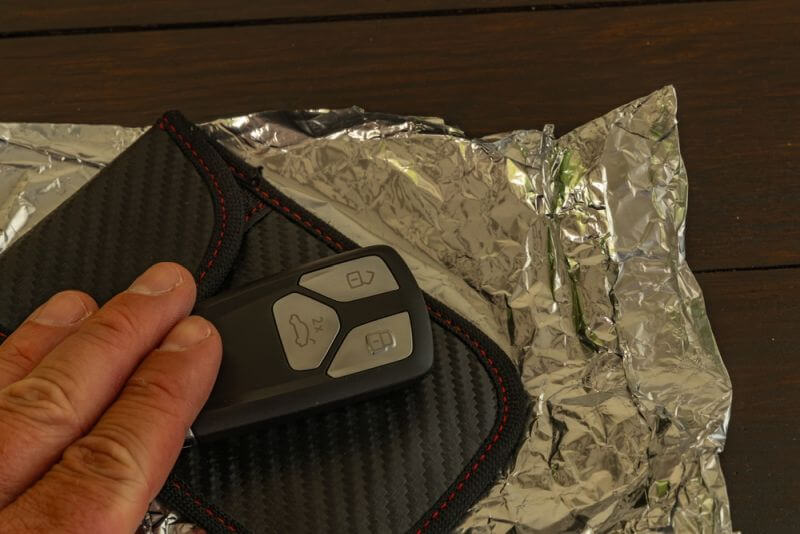
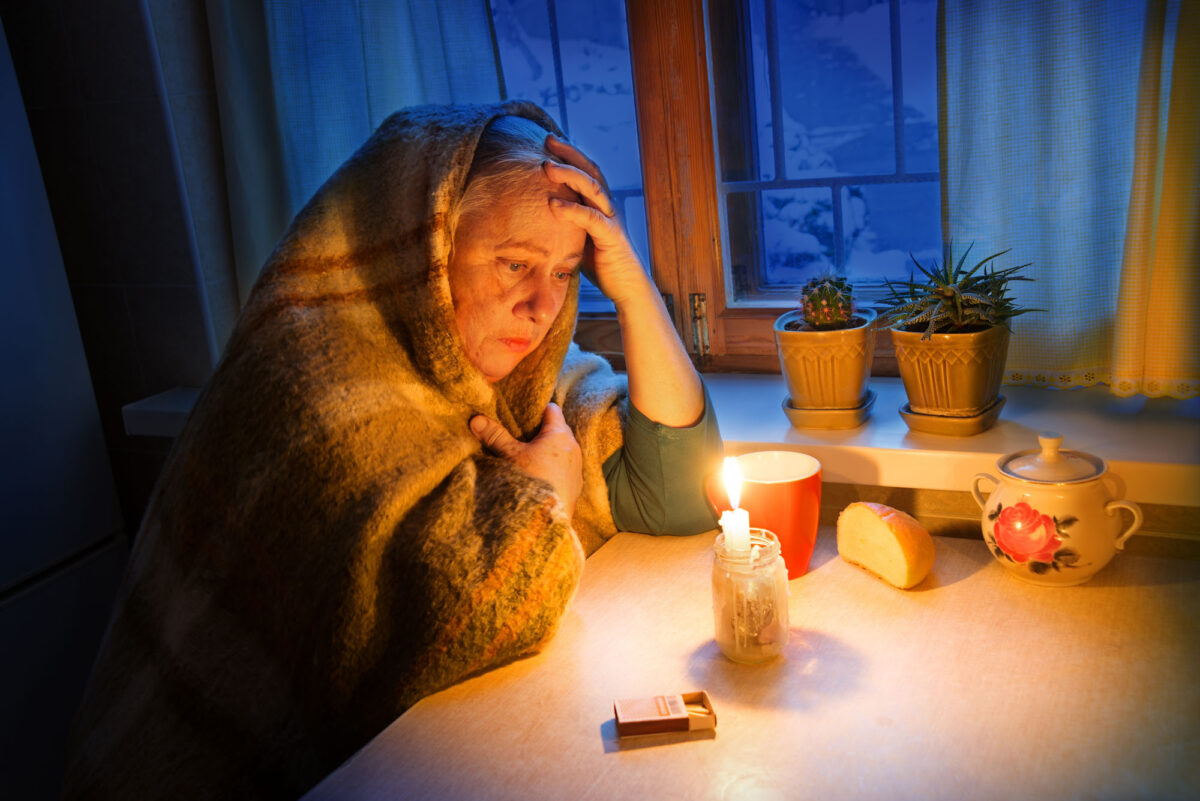
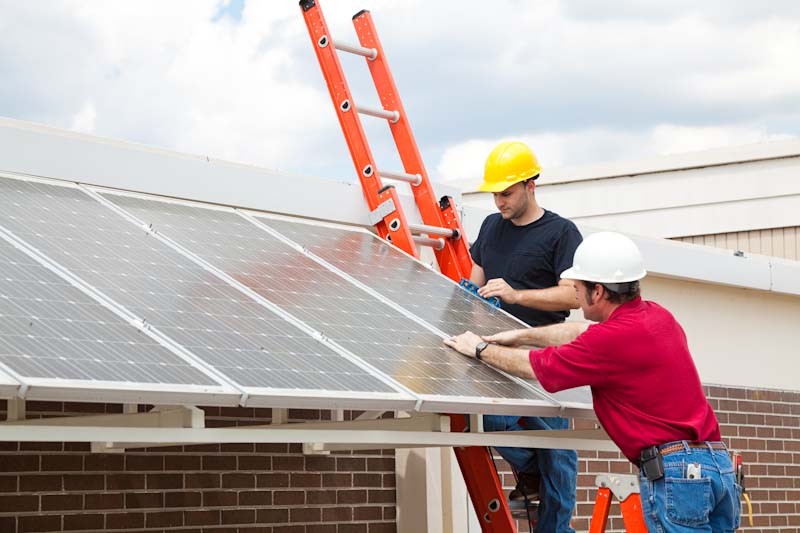

Bill in Idaho | October 13, 2019
|
How Structurally Secure are Hemp-Crete Panels and Blocks ? I am Very curious and Very interested.
Alex | October 15, 2019
|
The compressive strength of Hempcrete is low for structural components, somwhere up to 0.024 pounds per square inch (psi).
Survivopedia team.
Brie Smith | October 14, 2019
|
Are there US builers using Hemp-Crete Panels and blocks? Where can these products be pirchased?
Alex | October 15, 2019
|
In the US, there are currently over 50 homes made from hempcrete, the first being built in North Carolina in 2010. Hempitecture, a Washington-based company, has been retrofitting homes using the material. In Colorado, there is Left Hand Hemp, located in Denver, who builds hemp structures and helps teach others through seminars about hempcrete. We can expect to see a lot more buildings utilizing hempcrete in the coming years in the US, now that hemp has been legalized federally.
Survivopedia team.
kelly | January 20, 2020
|
There is only one company in Canada with a viable brick but it is not scalable to market just yet. Also, I know of no one making panels. I am toying with the idea of pre-fab but it’s a year out. Best method is spraying hempcrete into the walls. Contact me at 970-433-0414 if you’re interested in speaking more or planning a build this year. Cheers!
kelly thornton | January 20, 2020
|
Greetings! Thanks for the shout out about Left Hand Hemp! I am actually in Boulder but will soon be relocating to the midwest! No worries, we can build houses anywhere in the country or help you out on a workshop!
Cheers!
Kelly